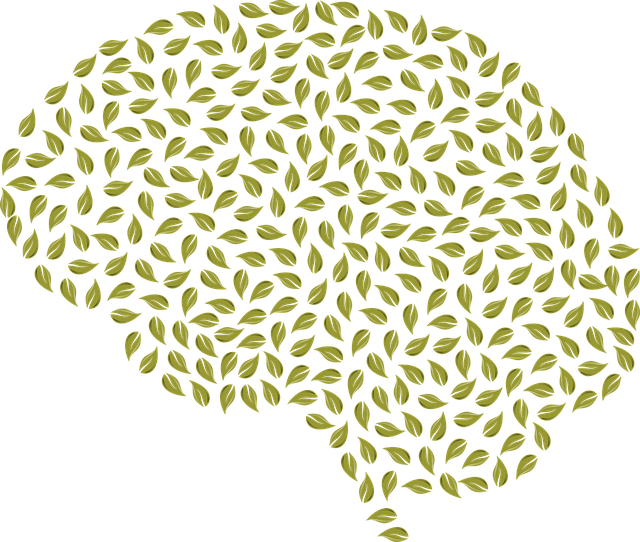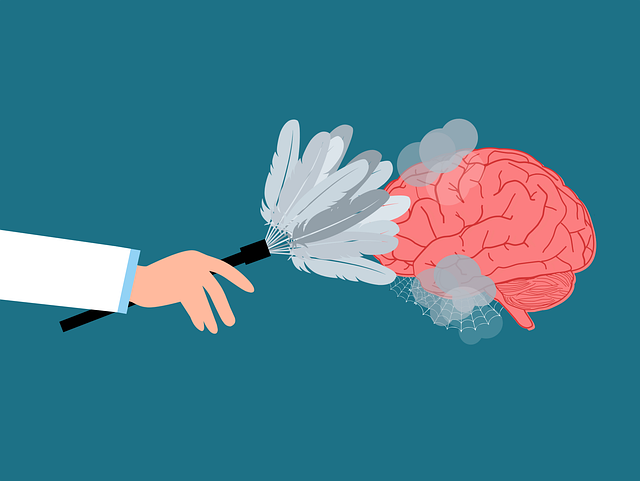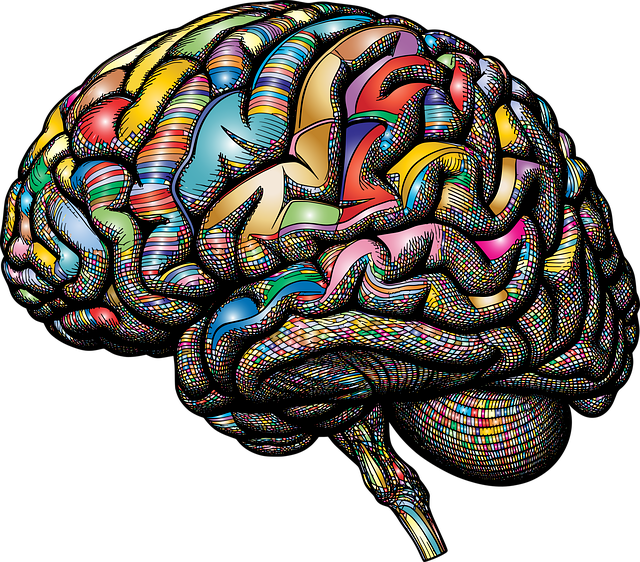Somatic Experiencing (SE) therapy recognizes the mind-body connection, aiding individuals in processing and releasing repressed traumatic memories through bodily sensations. This approach, integrated into mental health practices alongside awareness campaigns and policy analysis, promotes stress reduction. By combining techniques like mindfulness exercises and cognitive reframing, SE helps clients manage emotions, adapt to stress, and improve overall mental wellness. Daily practical strategies such as self-awareness exercises, mindfulness meditation, deep breathing, and hobby engagement contribute to maintaining balanced mental health.
Mental wellness promotion is a holistic journey, and understanding Somatic Experiencing (SE) offers a profound path to healing. This article explores SE as a transformative approach to mental health, delving into its roots and benefits. We uncover the powerful role of therapy in facilitating somatic healing, providing practical strategies for daily mental health maintenance. By integrating these insights, individuals can navigate their emotional landscapes effectively, fostering resilience and overall well-being through therapeutic practices tailored to SE.
- Understanding Somatic Experiencing: A Journey to Mental Wellness
- The Role of Therapy in Promoting Somatic Healing
- Practical Strategies for Daily Mental Health Maintenance
Understanding Somatic Experiencing: A Journey to Mental Wellness

Somatic Experiencing (SE) is a therapeutic approach that recognizes the deep connection between our bodies and minds. This method understands that traumatic or stressful events can leave physical manifestations, often affecting our sense of well-being. By focusing on bodily sensations and responses, SE aims to help individuals process and release repressed emotions and memories associated with distressing experiences.
The journey towards mental wellness through SE involves guiding clients to explore their sensory experiences and the resulting physical sensations in a safe environment. This process facilitates healing by allowing individuals to reconnect with their bodies and gain a deeper understanding of their emotional responses. As a result, it becomes easier for them to manage and reduce stress, making it an effective therapy for somatic experiencing. The integration of SE into mental health practices can greatly enhance well-being, especially in conjunction with public awareness campaigns development and mental health policy analysis and advocacy, ultimately contributing to broader stress reduction methods.
The Role of Therapy in Promoting Somatic Healing

Therapy plays a pivotal role in promoting somatic healing by addressing the deep-rooted physical and emotional connections that influence our mental wellness. Somatic Experiencing, for instance, is a therapeutic approach that focuses on helping individuals process and release traumatic memories stored in the body. By facilitating this process, therapy enables individuals to regain control over their physiological responses, leading to improved mood management and positive thinking patterns.
Incorporating mind over matter principles, therapy empowers clients to understand that thoughts and emotions are interlinked with physical sensations. Through various techniques, such as mindfulness exercises and cognitive reframing, individuals learn to regulate their emotional states and cultivate a more adaptive response to stress. This, in turn, fosters better mental health and enhances overall well-being, demonstrating the profound impact of therapy in nurturing both the mind and body.
Practical Strategies for Daily Mental Health Maintenance

Mental wellness promotion requires a holistic approach, and integrating practical strategies into daily routines can significantly contribute to overall well-being. One effective method is Therapy for Somatic Experiencing, which focuses on connecting mind and body to address deep-seated traumas. This therapy encourages individuals to develop self-awareness exercises that tune into bodily sensations, helping them recognize and manage stress responses.
Additionally, incorporating mindfulness meditation practices can be transformative. It trains the mind to stay present, reducing rumination and anxiety. The development of coping skills, such as deep breathing techniques or engaging in hobbies, offers healthy outlets for managing intense emotions. By dedicating even a few minutes each day to these activities, individuals can foster resilience, enhance self-care, and maintain a balanced mental health state.
Mental wellness is a holistic journey, and incorporating somatic experiencing through therapy offers a powerful path to healing. By understanding the connection between our minds and bodies, we can effectively utilize practical strategies for daily mental health maintenance. This comprehensive approach, combined with tailored therapy for somatic experiencing, empowers individuals to navigate life’s challenges with resilience and improved overall well-being.








